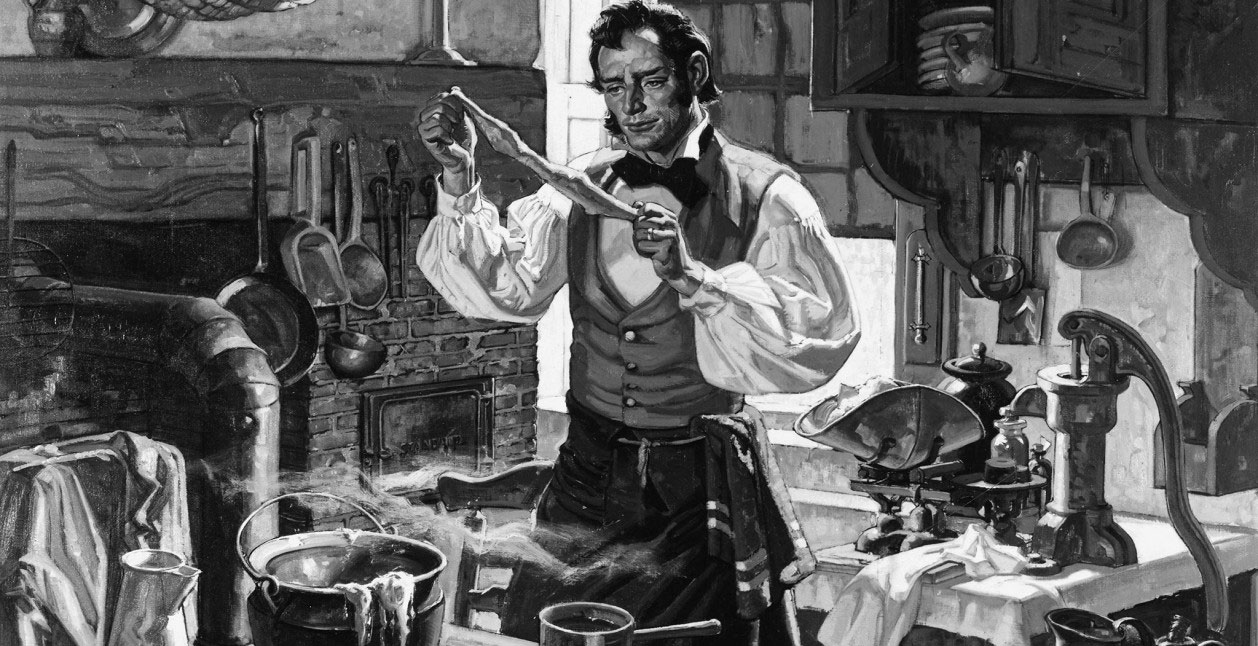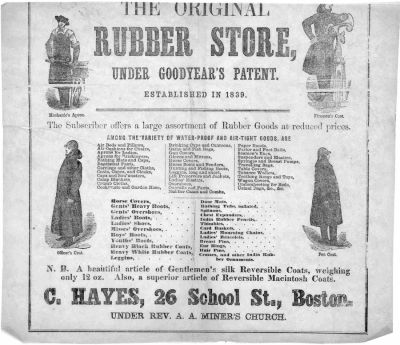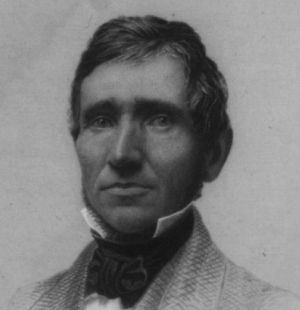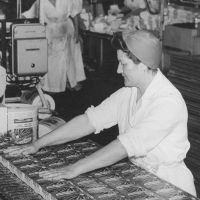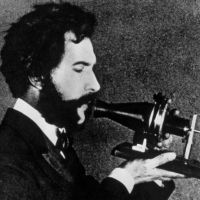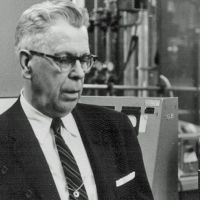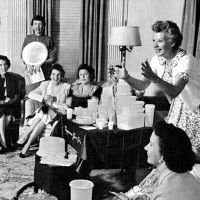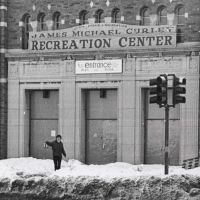Primary Source
…And now only a few words to indicate some of the lessons of this remarkable life. Most of them lie on the surface, and need but a word to bring them to your thoughts.
But one of them, which is specially illustrated by an incident of Mr. Goodyear's life that has not yet been brought to your notice, should be more distinctly developed. That is,
God's providence in the working and results of inventive genius.
Mr. Goodyear's chief discovery, the vulcanization of rubber, was immediately caused by what is termed an accident…. A piece of India rubber combined with sulphur, which he held in his hand .., was by a violent gesture thrown into a burning stove near which he was standing. When taken out, after having been subjected to a high degree of heat, he saw what it may be safely affirmed would have escaped the notice of all others that a complete transformation had taken place, and that an entirely new product, since so felicitously termed elastic metal, was the consequence.….
Mr. Goodyear, in his account, justly claims that, owing to his long search for such a result, and his intense attention to everything that might produce it, he perceived it, when others would not; in fact others thought nothing of it when their attention was directed to it. He perceived it, and saw that the great object was gained; yet, he reverently adds, that, as it was not what any known facts or principles would have indicated, it should be considered as one of those cases where the leading of the Creator providentially aids his creatures, by what are termed accidents, to attain those things which are not attainable by the powers of reasoning he has conferred upon them…. God presides over and aids inventive genius. To its keen eye, peering earnestly into the darkness, he shows the light.
From "Dr. Dutton's Discourse Commemorative of Charles Goodyear, the Inventor," in New Englander and Yale Review ,Volume 18, Issue 71, August 1860, pp. 777-790.


